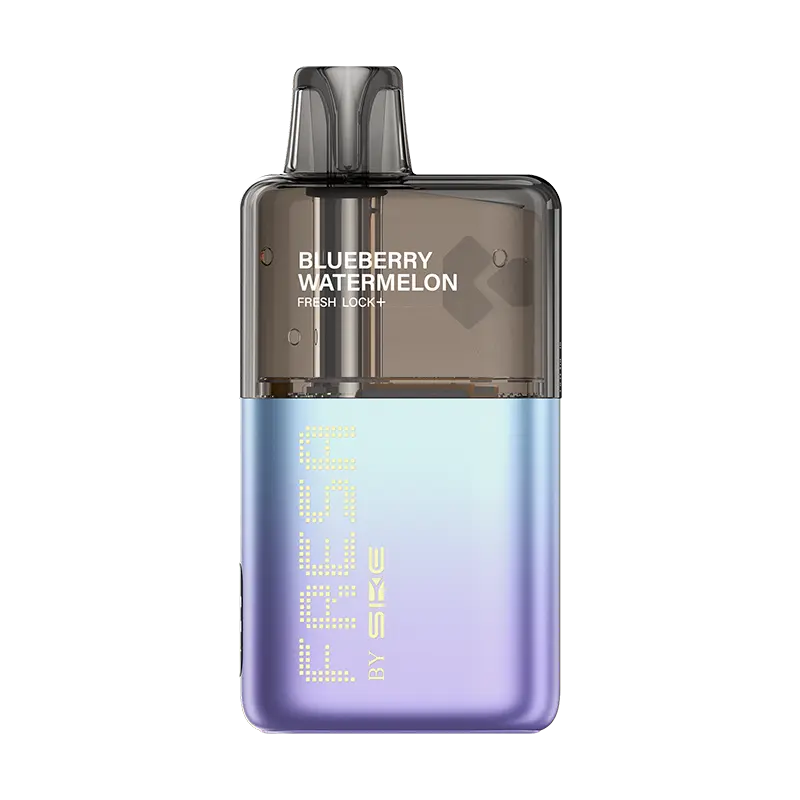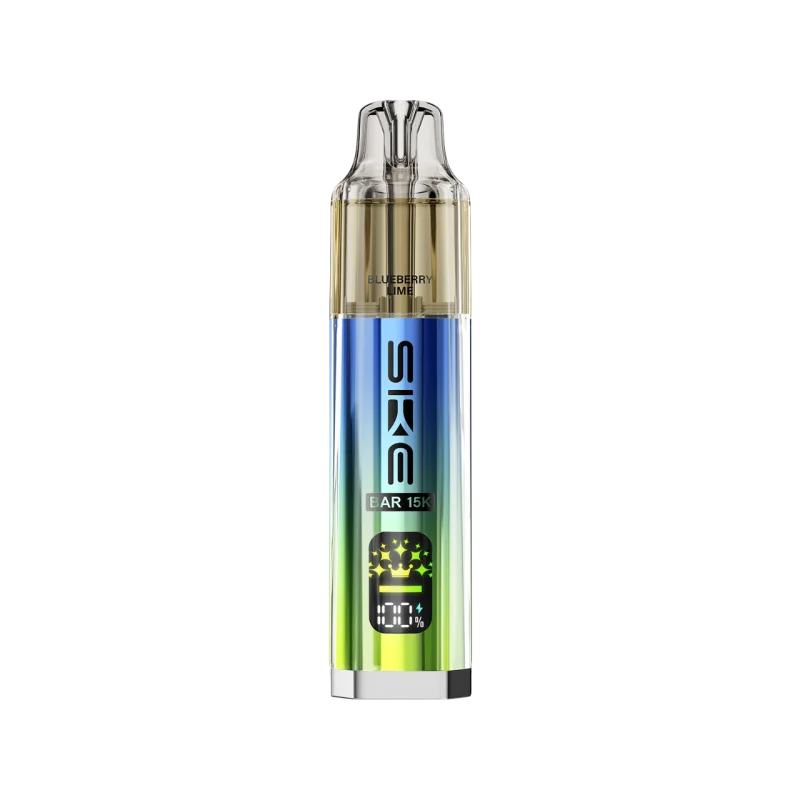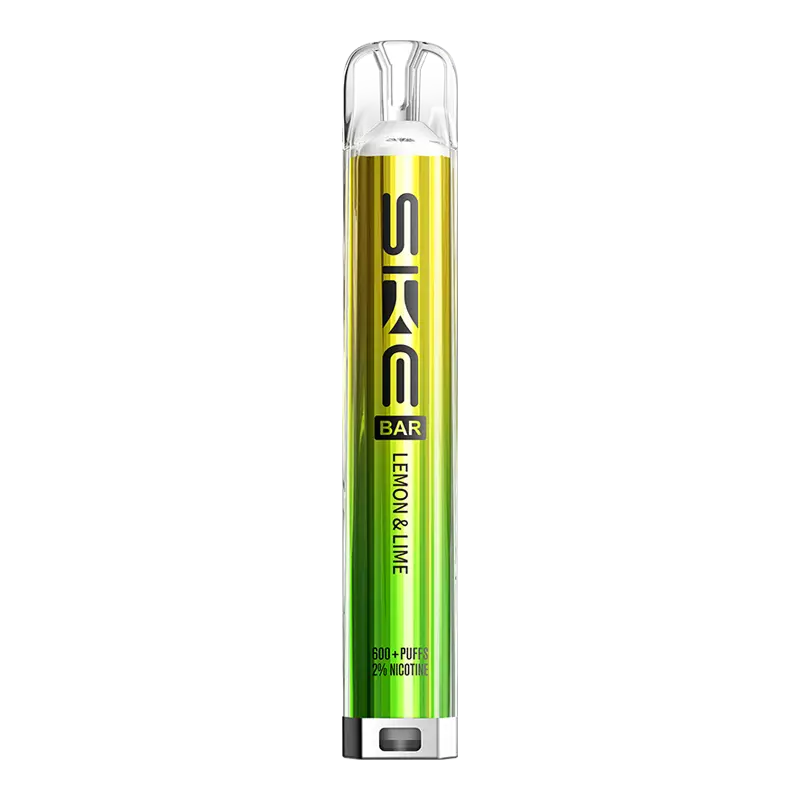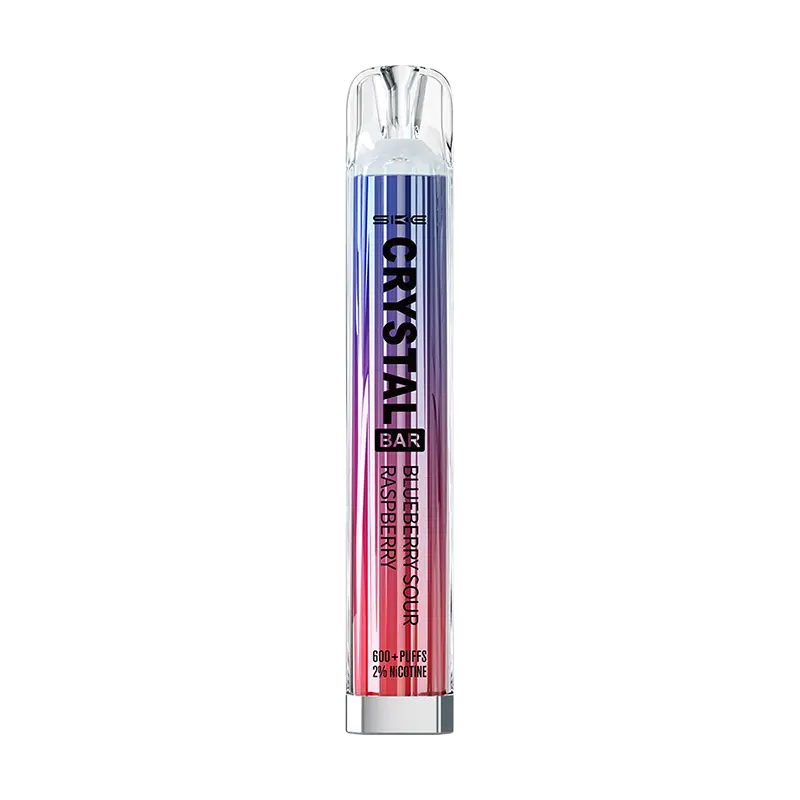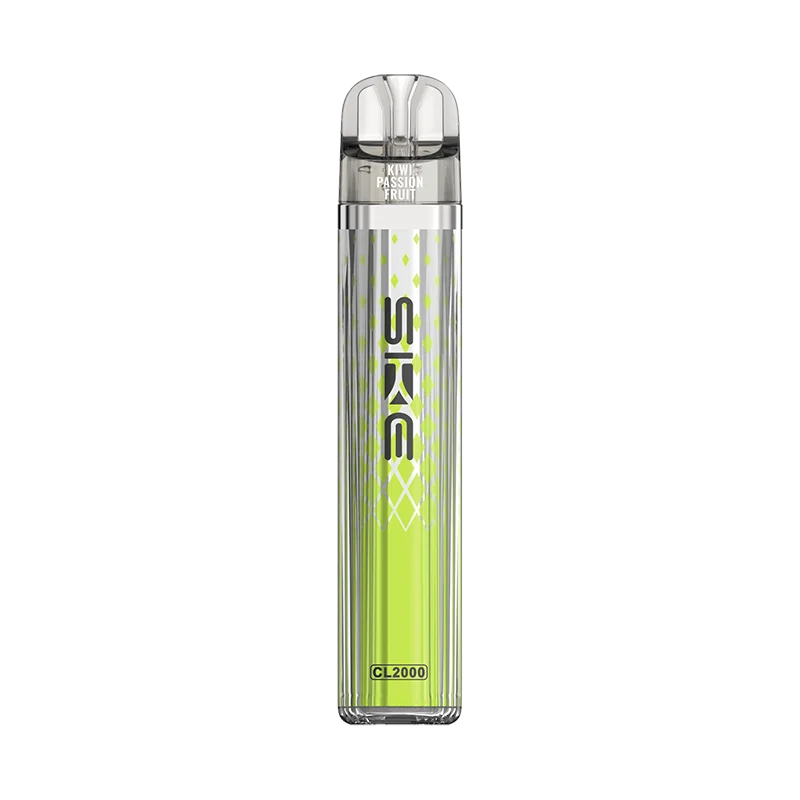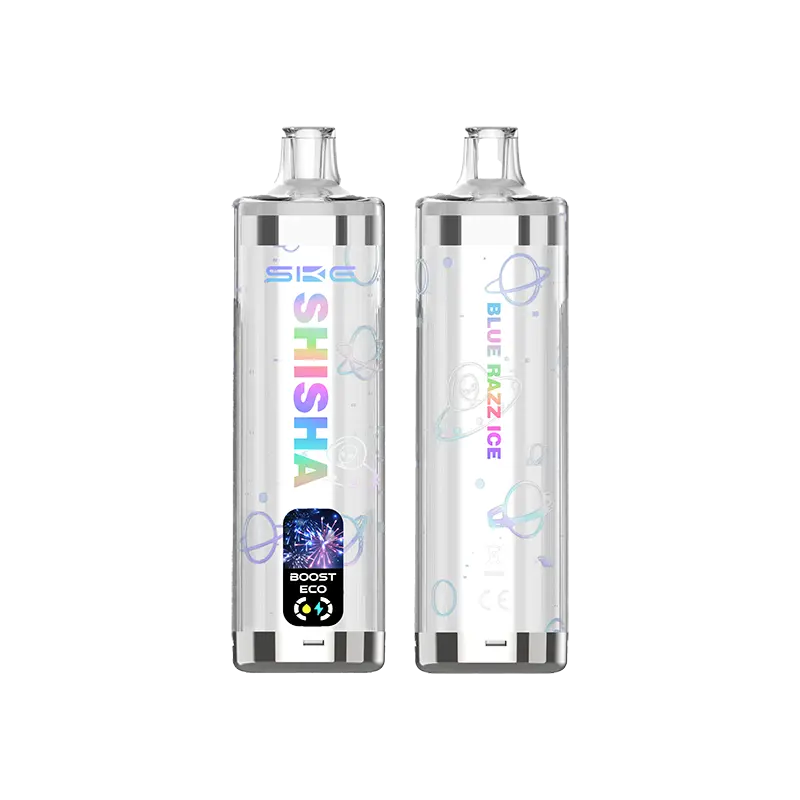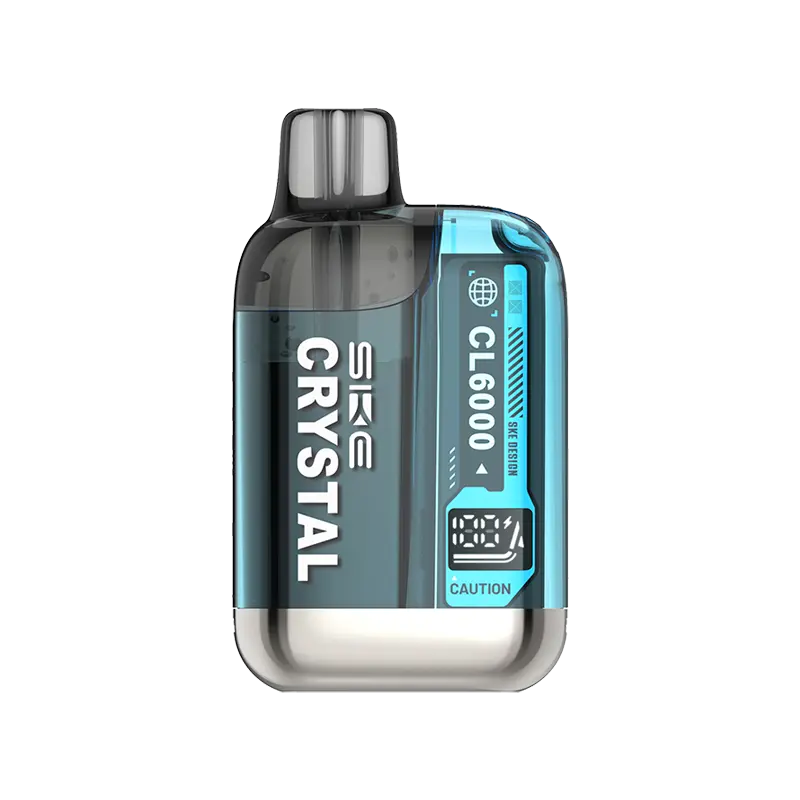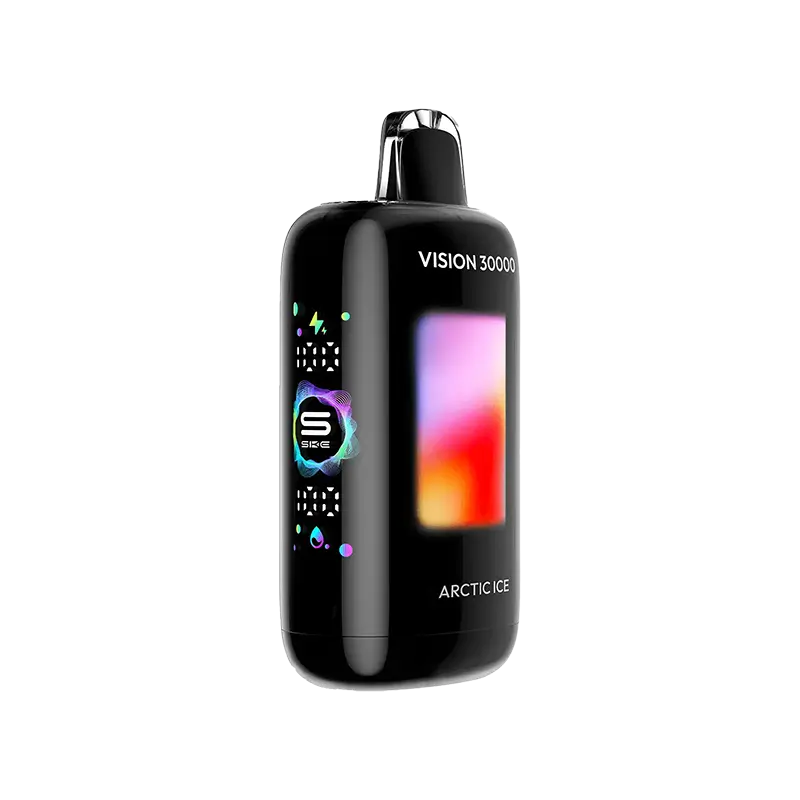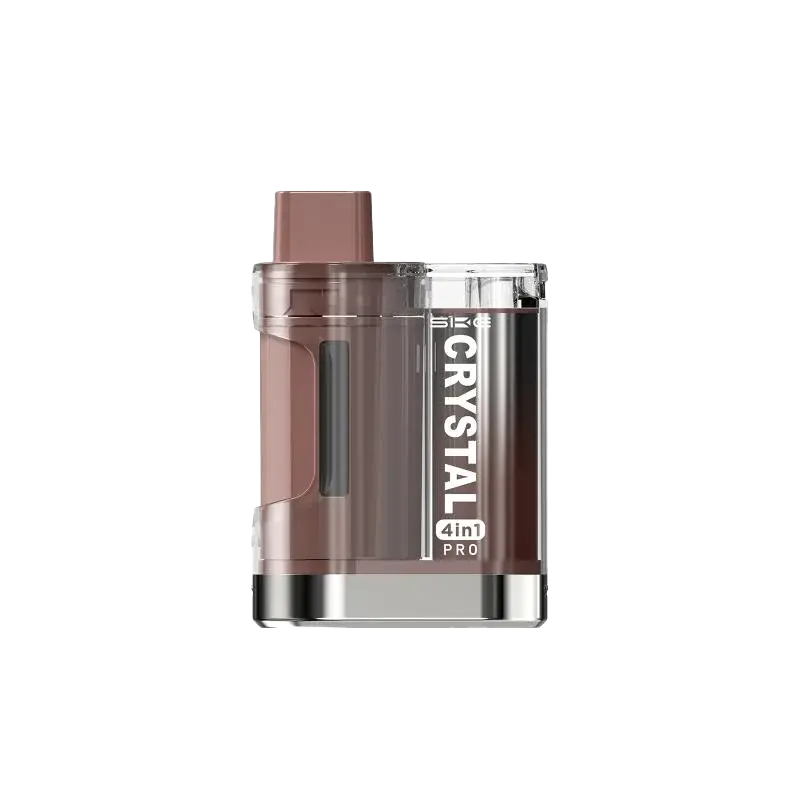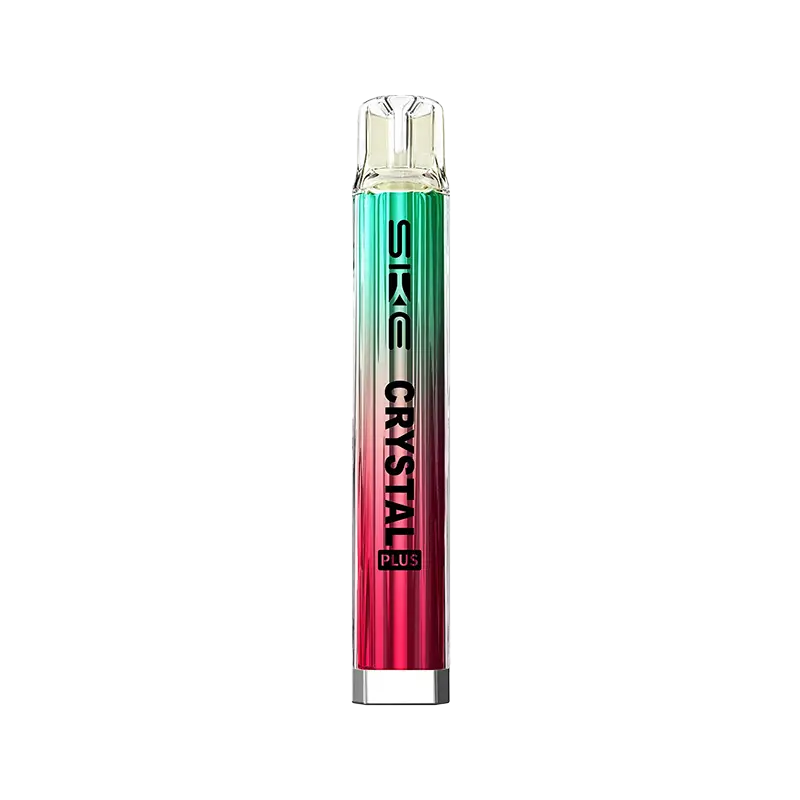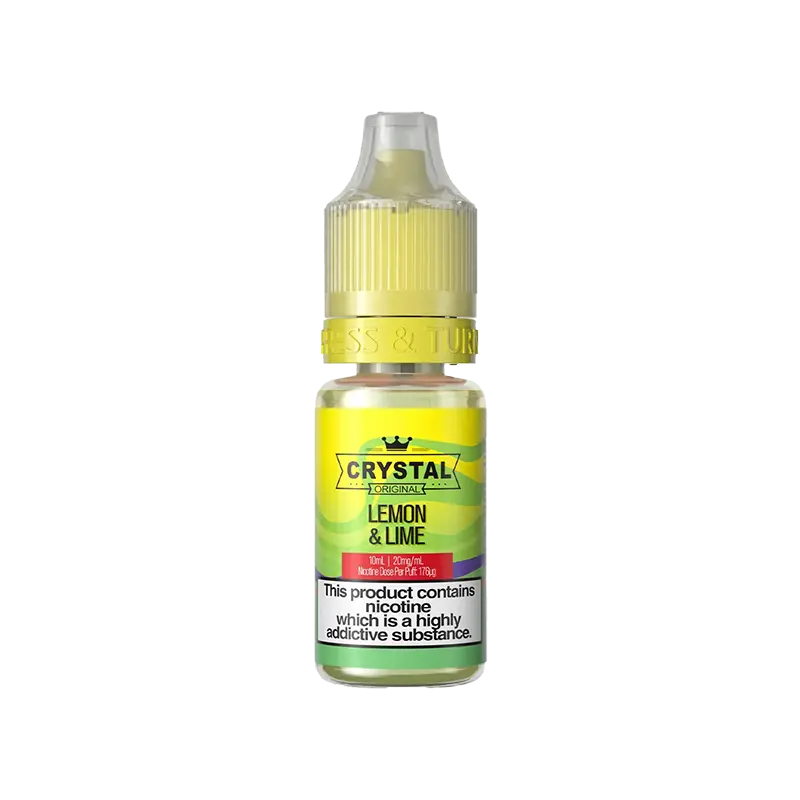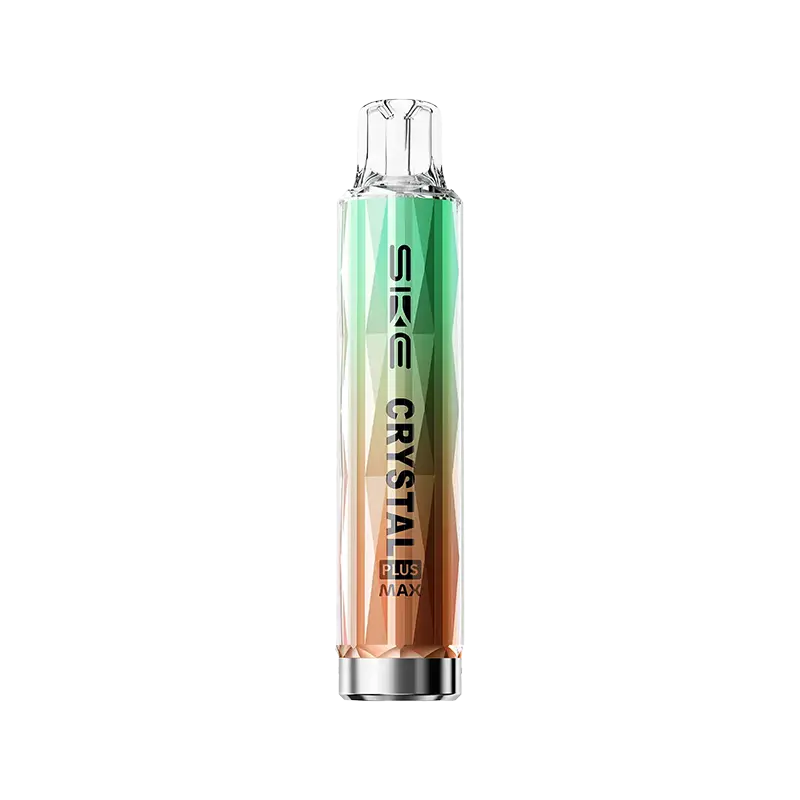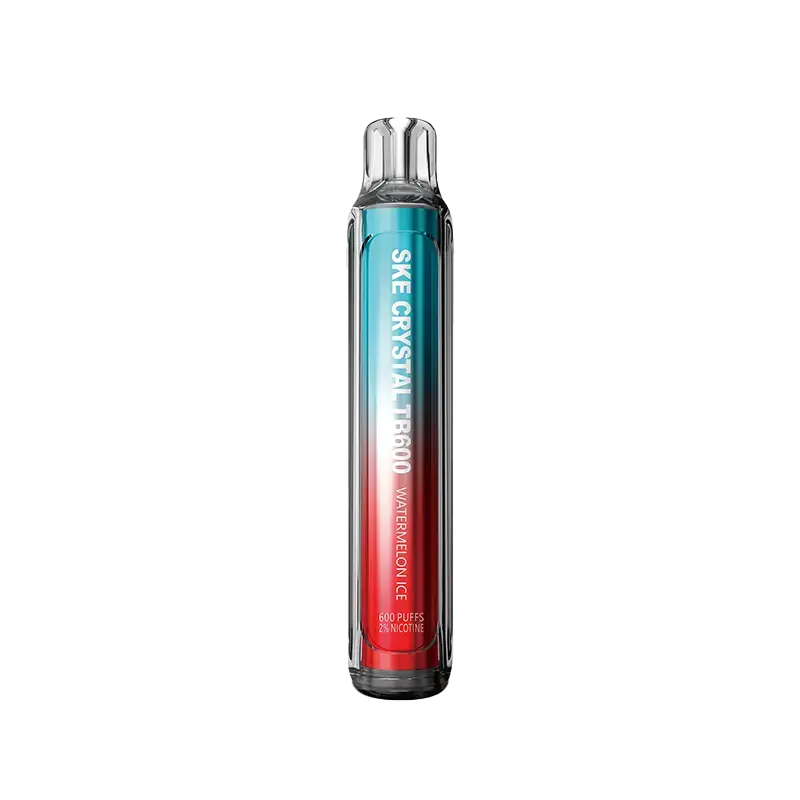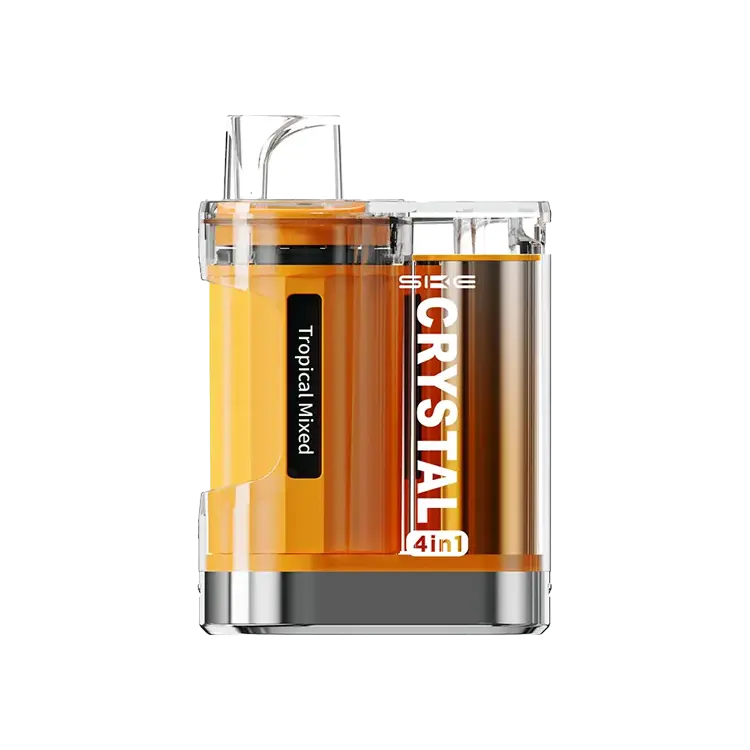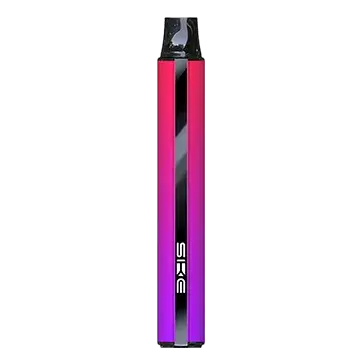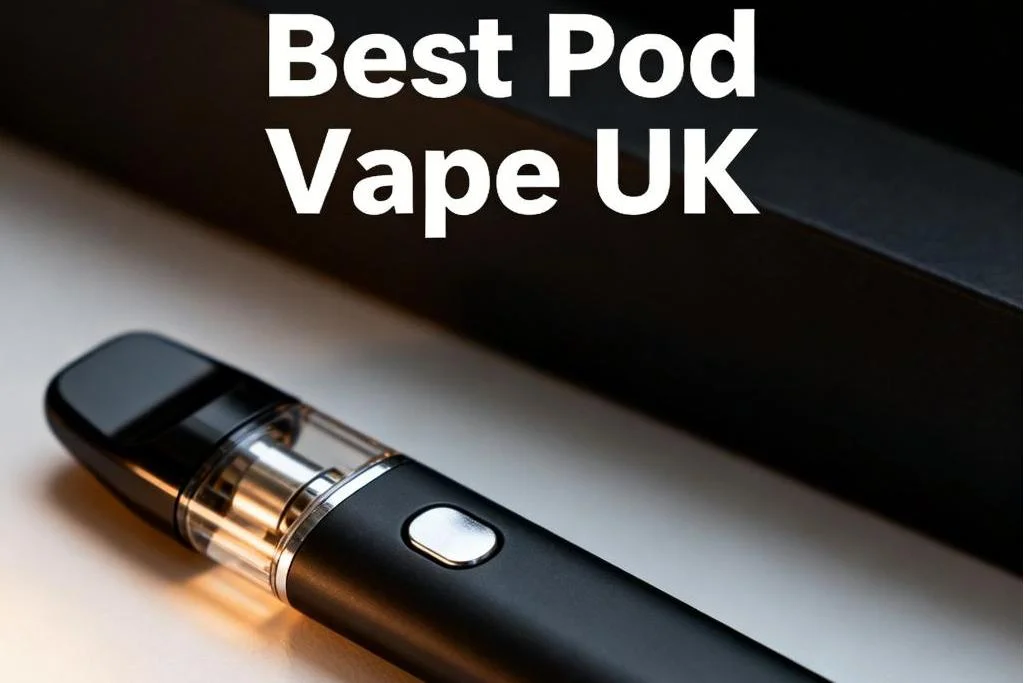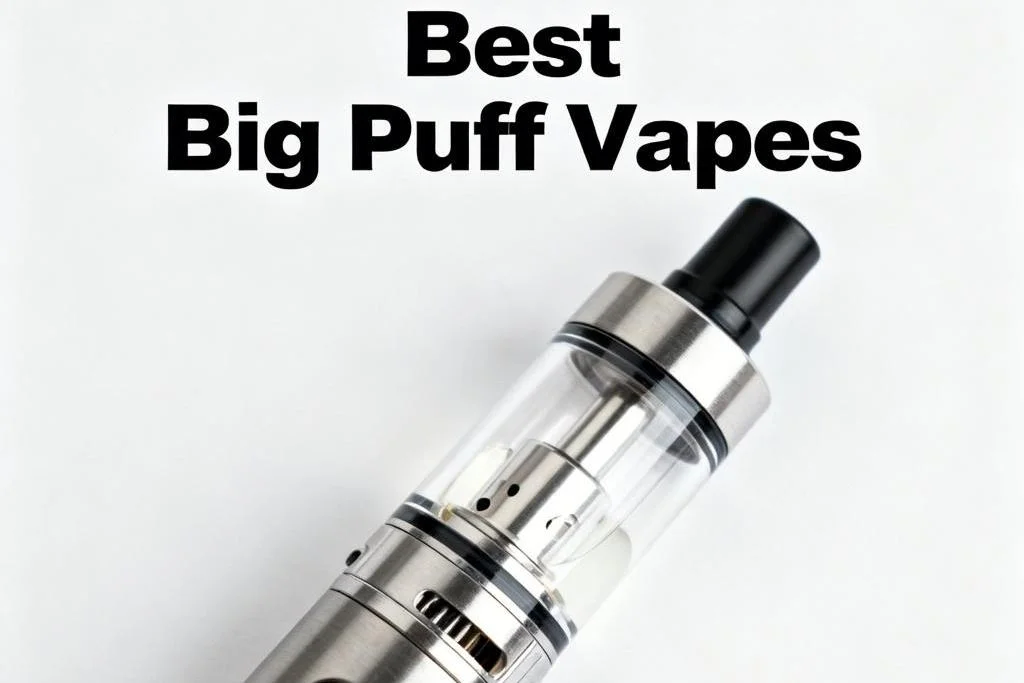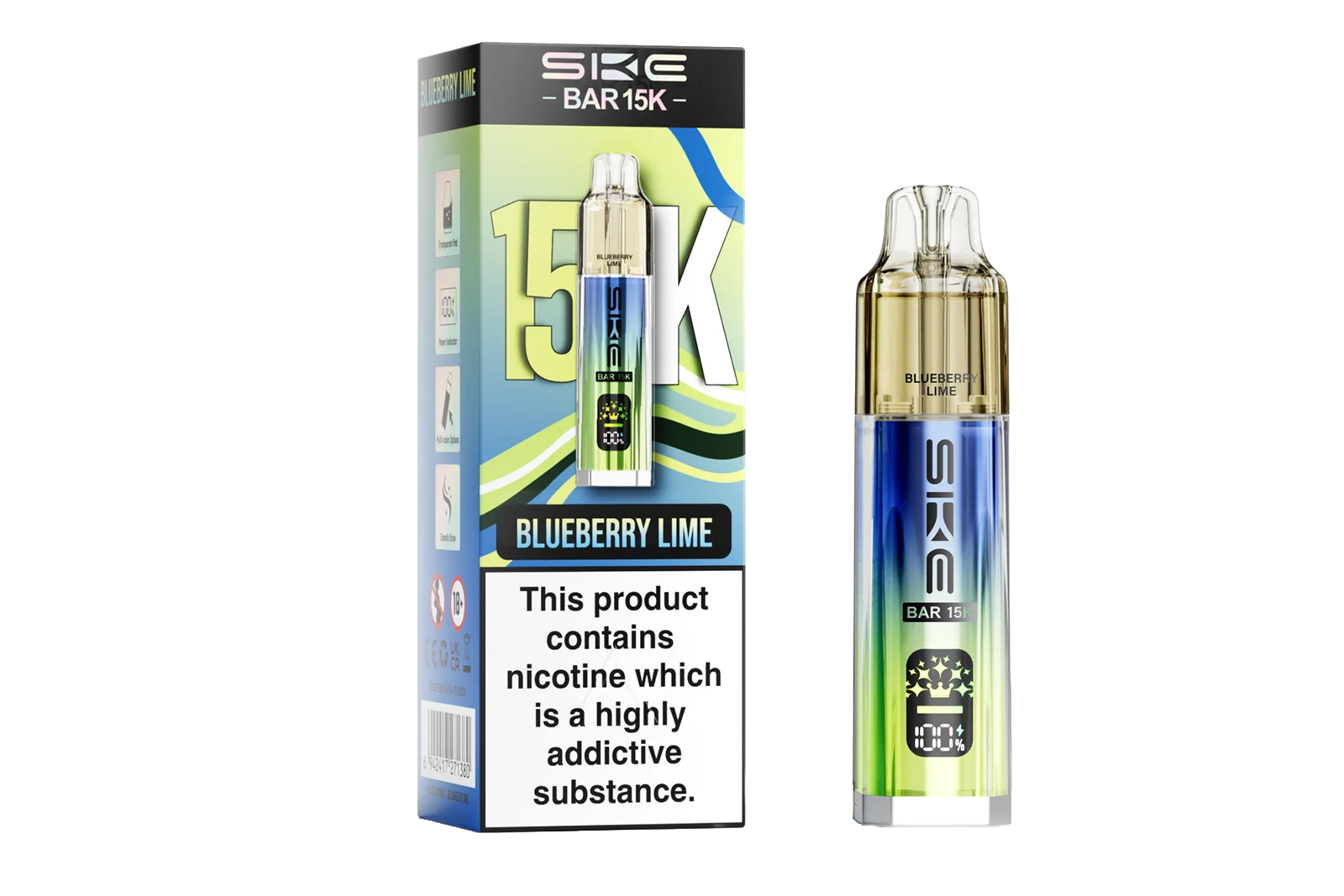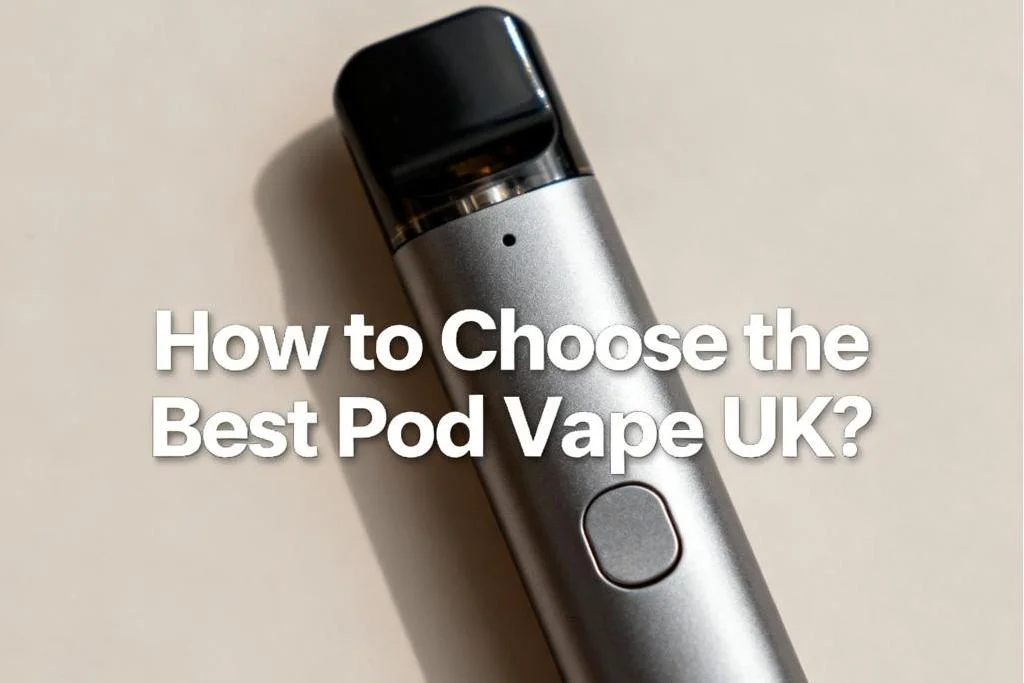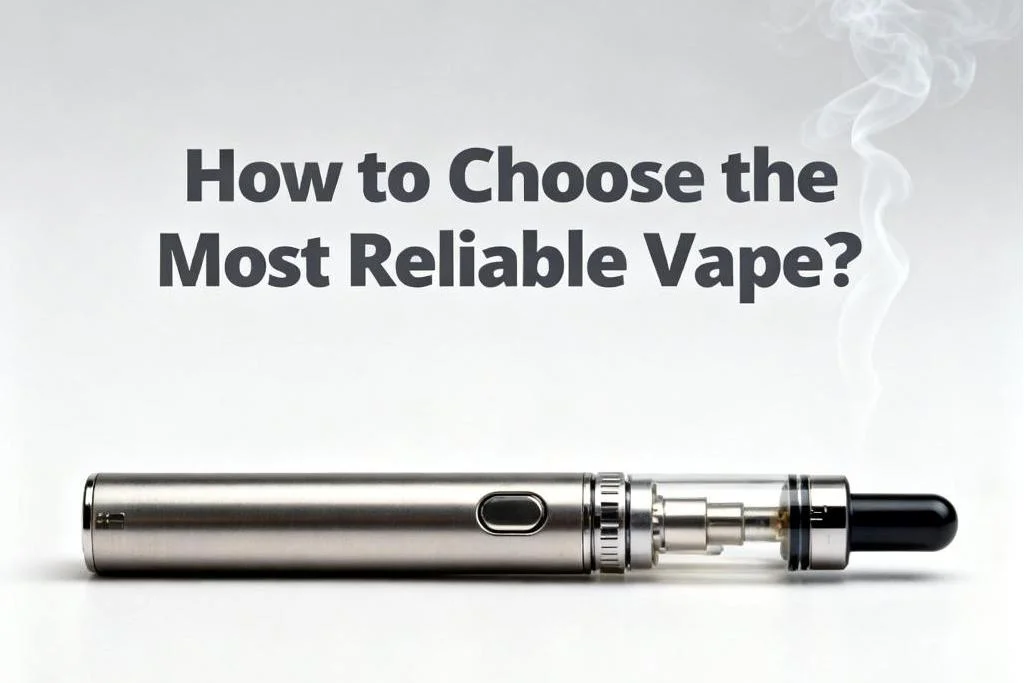What Does Low Resistance Mean on A Vape
What does low resistance mean on a vape? Whether you're a seasoned cloud chaser or a curious newcomer, understanding the role of "low resistance" in your vape device is pivotal in shaping your vaping journey. Let's dive into how low resistance intricately influences heat generation, vapor production, and the entire spectrum of your vaping performance.
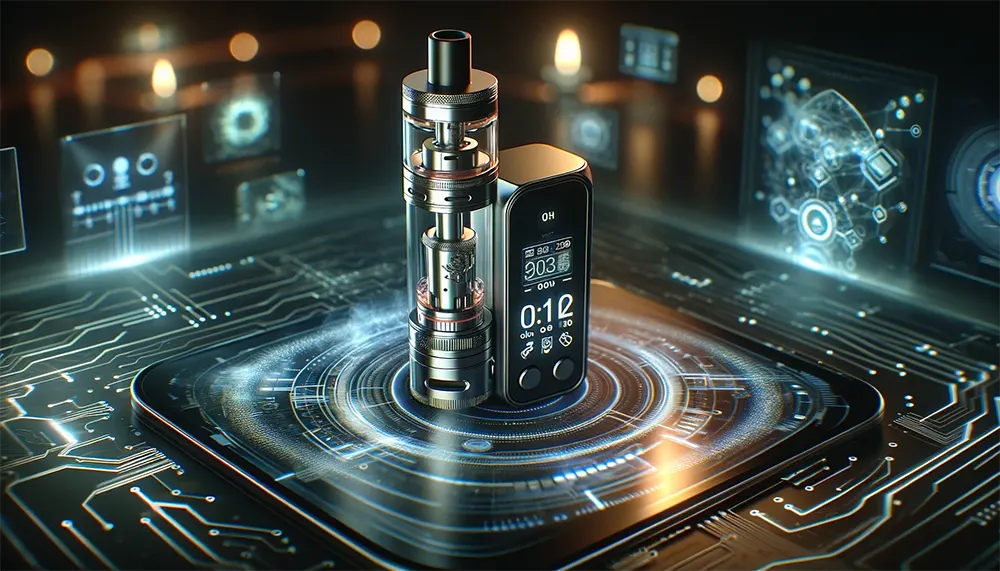
Understanding Low Resistance in Vaping
At the heart of every vape device is the concept of electrical resistance, measured in ohms, which fundamentally dictates how your device operates. When we talk about the "resistance of the coil", we're referring to the level of opposition a coil presents to the flow of current from your vape's battery, which determines how much energy is needed to heat the e-liquid into vapor.
Low Resistance: The Gateway to Intense Flavour and Robust Clouds
Typically, any coil with a resistance lower than 1 ohm (hence the term "sub-ohm vaping") falls into this category. Low resistance allows more current to pass through the coil, swiftly heating the e-liquid and creating a warmer vapor, eventually unleashing the full spectrum of flavors from your vape juice, making each puff a rich, flavorful experience. This rapid heating is essential in creating a dense, satisfying cloud of vapor - a visual and sensory delight that experienced vapers and cloud enthusiasts seek.
The Science Behind Low Resistance on A Vape
Low-resistance vape coils are the heart of your vape device, determining everything from the flavor profile of your e-liquids to the impressive cloud production and even impacting your battery performance. Let's unwrap the science that makes these low-resistance coils an essential aspect of a sublime vaping experience.
Crafting the Coils: Materials and Design
Typically made from materials like Kanthal, stainless steel, nickel, or titanium, these low-resistance coils often involve thicker wire or more wire coils designed to handle high temperatures efficiently. The choice of material greatly influences the resistance level. For instance, Kanthal is a popular choice for its ability to maintain a stable resistance even when heated, making it ideal for consistent performance. Their construction allows for a larger surface area, meaning more e-liquid is in contact with the coil, which is a key factor in flavor and vapor production.
Low Resistance Impact: Flavor Profiles and Cloud Production
When it comes to the flavor profile of your e-liquids, low-resistance coils are the game-changers. The increased surface area of these coils means more vape juice is vaporized with each puff, enhancing the intensity and richness of flavors. More e-liquid gets 'cooked,' releasing a fuller flavor profile.
Cloud production is also significantly boosted by low-resistance coils. The higher temperature and greater e-liquid vaporization result in denser, more voluminous clouds, making for a visually spectacular vaping experience. This is why low-resistance coils are often the go-to choice for cloud chasers.
Balancing Battery Performance
Low resistance requires more power from your vape device's battery because lower resistance means higher current flow, drawing more power to achieve the desired temperature. As a result, vapers using low-resistance coils may find themselves recharging their devices more frequently. It's a delicate balance – maximizing flavor and vapor at the expense of battery life.
So, what does low resistance mean on a vape? Low resistance means intense flavors and impressive clouds, albeit with a mindful eye on battery usage in your vaping experience. It's a fascinating blend of materials engineering, design precision, and a deep understanding of vaping dynamics.
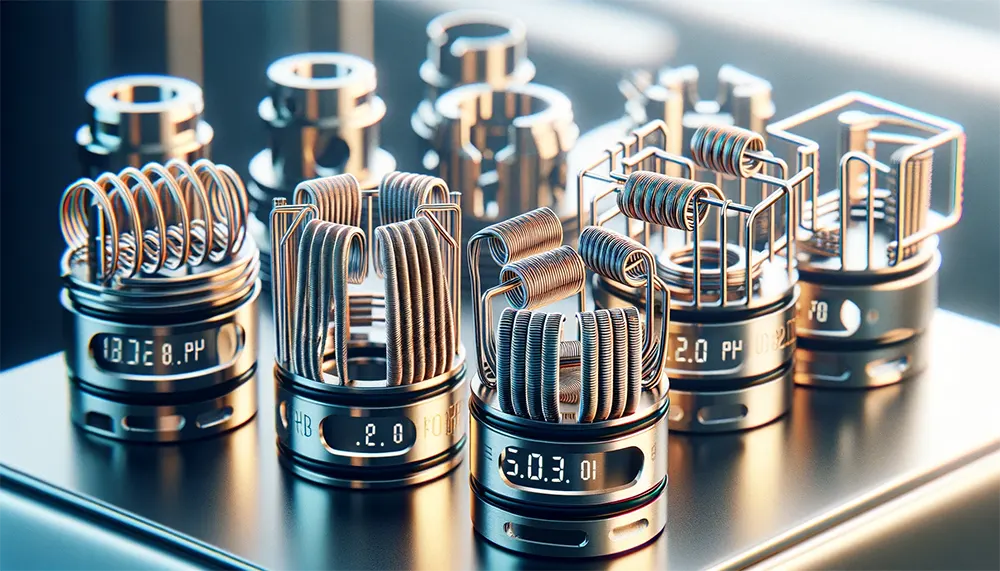
Low Resistance with High Resistance Comparison
Each resistance offers a unique experience, shaped by differences in battery usage, e-liquid consumption, throat hit, and overall suitability for different vapers. Let's compare these two realms to help you make an informed decision that aligns with your vaping preferences.
1. Battery Usage
Low resistance, as we've mentioned above, requires more power to function. It drains the battery faster due to the increased current needed to heat the coil, which means more frequent charging and might not sit well with vapers who are always on the go or prefer longer, uninterrupted vaping sessions.
High resistance, on the other hand, is more conservative in its power demands. The higher resistance means less current is drawn from the battery, allowing it to last longer between charges, suitable for vapers prioritizing battery longevity over intense heat and vapor production.
2. E-Liquid Consumption
Low resistance, due to their larger surface area and higher heat, tends to vaporize more e-liquid per puff. This feature can lead to a more intense flavor experience, as discussed earlier, but also means that you'll refill your tank more frequently. Low resistance might be an appealing aspect for vapers who enjoy experimenting with a variety of flavors and don't mind the additional e-liquid expense.
In contrast, high resistance is more economical on e-liquid usage, which heats less liquid per puff and makes e-liquid last longer, beneficial for vapers who prefer a more moderate vaping experience or are mindful of their e-liquid budget.

3. Throat Hit
The throat hit is a subjective aspect of vaping, but it's notably influenced by the resistance of your vape coil. Low resistance tends to produce a warmer vapor, which can lead to a smoother, more velvety throat hit. High resistance, conversely, is known for providing a sharper, more pronounced throat hit. This can be more appealing to those who prefer mouth-to-lung vaping, akin to the sensation of smoking traditional cigarettes.
4. Vaping Style
Low resistance is typically favored by experienced vapers who are chasing intense flavors and large clouds, enjoying direct lung vaping. High resistance, meanwhile, is well-suited for beginners or vapers who prefer a more discreet, less intense vaping experience. They offer a simpler, more convenient option with longer battery life and reduced e-liquid consumption.

Role of Low Resistance in Sub-Ohm Vaping
Sub-ohm vaping, a term that resonates with cloud chasers and flavor enthusiasts alike, stands at the forefront of advanced vaping techniques. Central to this practice is the application of low resistance, specifically those with resistance levels below 1 ohm, hence the name "sub-ohm."
Large Clouds of Vapor
When a coil with low resistance is powered adequately, it heats the vape juice at a faster rate, creating thicker vapor as a result. The physics behind this is straightforward yet fascinating. The lower the resistance, the higher the current flowing through it, which leads to more heat being generated. More heat means more vapor, and this is where sub-ohm vaping truly shines.
Flavor Enhancement Factor
The increased heat and vapor production allows for a more intense release of flavors, providing a richer and more immersive vaping experience. Experienced vapers often note that flavors taste more vibrant and pronounced when vaping on sub-ohm devices, a testament to the efficacy of low resistance in flavor transmission.
Appeal to Experienced Vapers
Sub-ohm vaping, with its impressive cloud production and flavor enhancement, often attracts experienced vapers in pursuit of a hobby, a passion, or a form of expression. Sub-ohm vaping requires a certain level of expertise in handling and maintaining vaping equipment, as well as an understanding of battery safety and ohm's law, an area where technical knowledge, skill, and a desire for a high-quality vape experience converge.
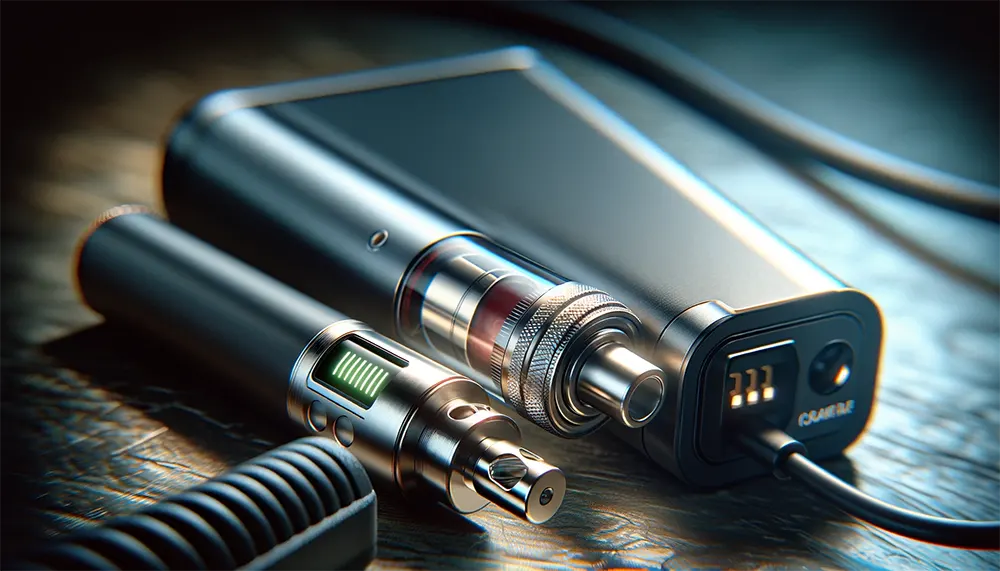
Beginner’s Guide to Low Resistance Vaping
Low resistance can seem daunting at first, but with the appropriate guidance, it can be a safe and enjoyable experience.
1. Understanding the Basics
Resistance and Ohms: Resistance in a vape coil is measured in ohms. The low resistance of less than 1 ohm (sub-ohm) allows more electrical current from the battery and heats the coil faster.
Battery Safety: Ensure your vape device's battery can handle the increased power demand of low-resistance coils.
E-Liquid Considerations: Choose e-liquids that cater to your flavor preferences and consider the PG/VG ratio for the best experience.
2. Starting Safely with Low Resistance Vaping
Choose the Right Device: As a beginner, opt for a regulated mod with built-in safety features. These devices come with protections like overheat cutoff and short-circuit protection, making them safer for beginners.
Understand Your Device: Familiarize yourself with your device's settings. Know how to adjust the wattage and understand the readouts displayed, such as battery life and coil resistance.
Start with Higher Resistance: Even if you're aiming for sub-ohm vaping, start with a slightly higher resistance (close to 1 ohm). This will help you get used to the vapor and heat levels before moving to lower resistance.
3. Recommendations for Beginner-Friendly Low-Resistance Setups
Mod and Tank Combos: Look for beginner-friendly mod and tank combos designed for sub-ohm vaping. These kits come with everything you need and are calibrated for a safe and enjoyable experience.
Pre-Built Coils: Initially, use pre-built coils. They are convenient and eliminate the need for building and installing your own coils. Look for coils with ratings that your device can handle.
Adjustable Airflow: Choose a tank with adjustable airflow. This feature allows you to control the vapor temperature and density, making it easier to find what's comfortable for you.
Start with Lower Wattage: Begin at the lower end of the recommended wattage range for your coil. You can gradually increase the wattage as you become more comfortable with the vapor production and heat.

FAQs on Vaping Resistance
Q1: What resistance is best for vaping?
The "best" resistance to vaping is subjective and largely depends on your personal preferences. Generally:
For Intense Flavor and Cloud Production: Lower resistance coils (sub-ohm, below 1 ohm) are preferred.
For Longer Battery Life and E-Liquid Efficiency: Higher resistance coils (above 1 ohm) are ideal.
Q2: How do you clean a vape coil resistance?
To clean a vape coil:
- Remove the Coil: Disassemble your tank and remove the coil.
- Soak in Warm Water or Alcohol: Place the coil in warm water or propylene glycol. Some vapers use ethanol or vodka for a deeper clean.
- Rinse and Dry: After soaking, rinse the coil under warm water. Let it dry completely before reassembling. Air drying for 24 hours is recommended.
Remember, while cleaning can extend the life of your coil, it’s not a permanent solution. The coils still need regular replacement.
Read more on How to Clean a Vape Like a Pro
Q3: How do you fix an atomizer resistance?
1. Check the coil is properly seated and the tank is correctly screwed onto the mod.
2. Clean the contacts on both the tank and the mod.
3. Replace the coil if the resistance is still incorrect.
4. Update firmware since a firmware update may resolve resistance reading issues.
5. If these steps don’t work, it’s best to consult a professional or visit a vape shop.
As we draw our exploration of low resistance to a close, it's clear that vaping is much more than just a pastime — it's a journey that blends technology, personal preference, and a bit of science. Whether you're a beginner or an experienced vaper, understanding the role of resistance in your device is key to tailoring your vaping experience to your desires. As you continue or begin your vaping adventure, keep in mind the insights and tips shared in this guide.
TABLE OF CONTENTS
- Understanding Low Resistance in Vaping
- Low Resistance: The Gateway to Intense Flavour and Robust Clouds
- The Science Behind Low Resistance on A Vape
- Crafting the Coils: Materials and Design
- Low Resistance Impact: Flavor Profiles and Cloud Production
- Balancing Battery Performance
- Low Resistance with High Resistance Comparison
- 1. Battery Usage
- 2. E-Liquid Consumption
- 3. Throat Hit
- 4. Vaping Style
- Role of Low Resistance in Sub-Ohm Vaping
- Large Clouds of Vapor
- Flavor Enhancement Factor
- Appeal to Experienced Vapers
- Beginner’s Guide to Low Resistance Vaping
- 1. Understanding the Basics
- 2. Starting Safely with Low Resistance Vaping
- 3. Recommendations for Beginner-Friendly Low-Resistance Setups
- FAQs on Vaping Resistance
